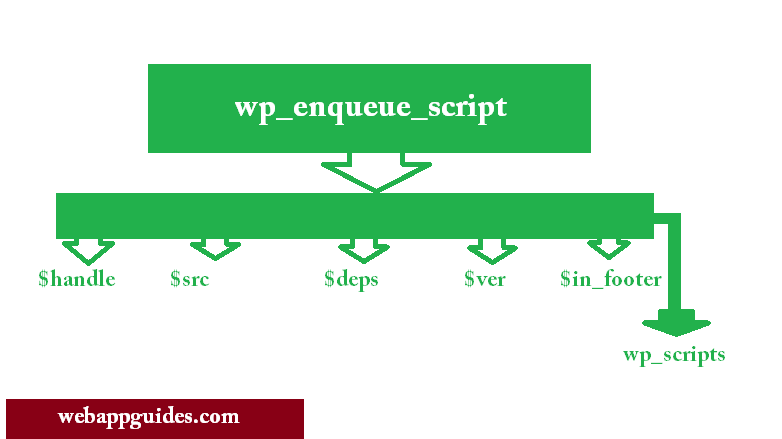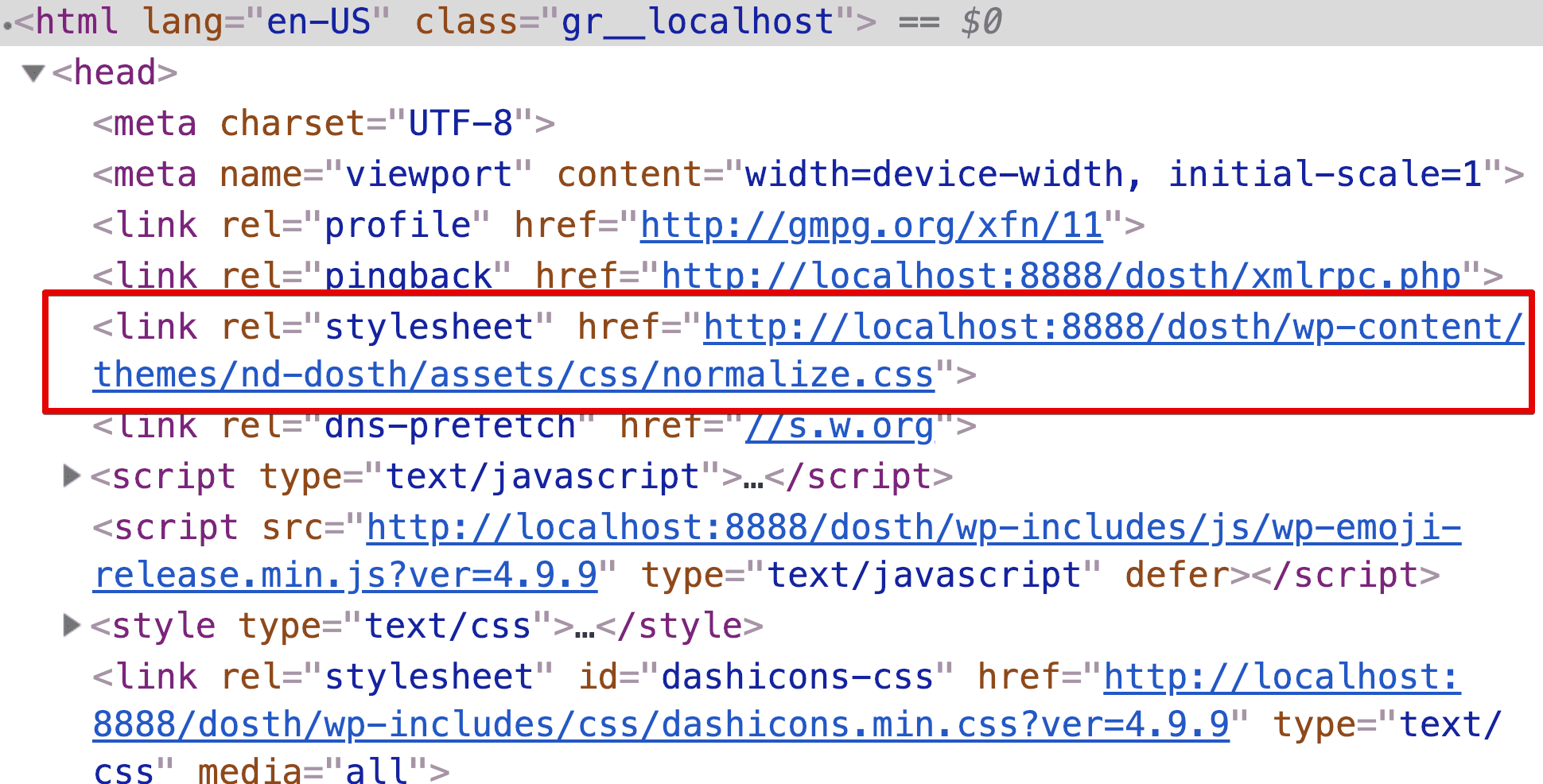

- #WP ENQUEUE HOW TO#
- #WP ENQUEUE UPDATE#
This also has the benefit that every time you save any file while still developing it, you don’t have to take care of the cache, your browser will always load the latest file. Nowadays I usually use the latest apporach.
#WP ENQUEUE UPDATE#
But then you have to update all these string (for all files) manually and it’s easy to forget one, which will result in the browser loading old files from it’s cache. 66 wp enqueue style ( ), 277 wpfoot ( ), 243 wpgetcurrent user ( ), 65, 67 wpgetsites ( ), 291 wp head ( ), 242 wp insert post ( ), 68, 385 wp. In the past, I have used the first or third option.
A dynamic modification date of the file that’s enqueued. A static modification date of the file that’s enqueued. A static modification date of the plugin. A static version number matching the version of the plugin. As your files will probably not (only) change when WordPress gets updated, you should use a different version string. This version number is meant to help you with caching. If you don’t define one yourself, it would append the current version number of WordPress, which today would be 5.9, to the end of the URL. For child themes: get_stylesheet_directory_uri()Īs you can see in the example above, WordPress will add a version number. For themes: get_template_directory_uri(). For plugins: plugins_url() or plugin_dir_url(). These are the ones, you would usually use: If you enqueue a file in a plugin or theme, there are different functions you can use. This might seem OK for most of you, but as the wp-content folder can have a different name (some security plugins do that – which is usually not a great idea), you should always use helper functions to get the relative path to that folder. In the example above, we use a relative path to the wp-content/plugins folder. wpenqueuescripts is the proper hook to use when enqueuing scripts and styles that are meant to appear on the front end. $src is optional and only needs to be specified if you didn’t do so in the wp_register_style() function.Īs a result, it’s possible to use the wp_enqueue_style() function without using the wp_register_style() first.While this would work, there are some issues with this simple way. This can be a relative file path to a stylesheet in the WordPress theme or plugin directory or an absolute URL to a stylesheet hosted elsewhere. $src – a URL or a path to the stylesheet file. It must match the handle you specified when registering the stylesheet. $handle – a unique name for a stylesheet to identify it within the WordPress codebase. The register functions to a stylesheet to use in a theme or plugin, while the enqueue function loads a registered stylesheet to a WordPress website.īy default, both of these functions have two main parameters: Meanwhile, wp_register_style() and wp_enqueue_style() are WordPress functions that work with stylesheets. This hook is usually used in a WordPress theme’s functions.php or plugin files. To begin with, wp_enqueue_scripts is an action hook used to enqueue stylesheets and JavaScript files on your WordPress site. The enqueueing process consists of the wp_enqueue_scripts WordPress hook and two additional functions for stylesheets and scripts. The main aspect of enqueueing is that it can improve website performance by reducing page load times and help avoid script conflicts when different plugins or WordPress themes try to load the same script or stylesheet. The wp_enqueue_script() and wp_enqueue_style() functions instruct the WordPress server to add these scripts and stylesheets to a queue to load on your website’s front end. #WP ENQUEUE HOW TO#
How to Use wp_enqueue_scripts to Specify Media for StylesĮnqueueing in WordPress refers to registering and adding scripts and stylesheets to your site.How to Load Scripts in the Footer With wp_enqueue_script.

How to Use wp_enqueue_script With jQuery.How to Use wp_enqueue_script in WordPress.






 0 kommentar(er)
0 kommentar(er)
